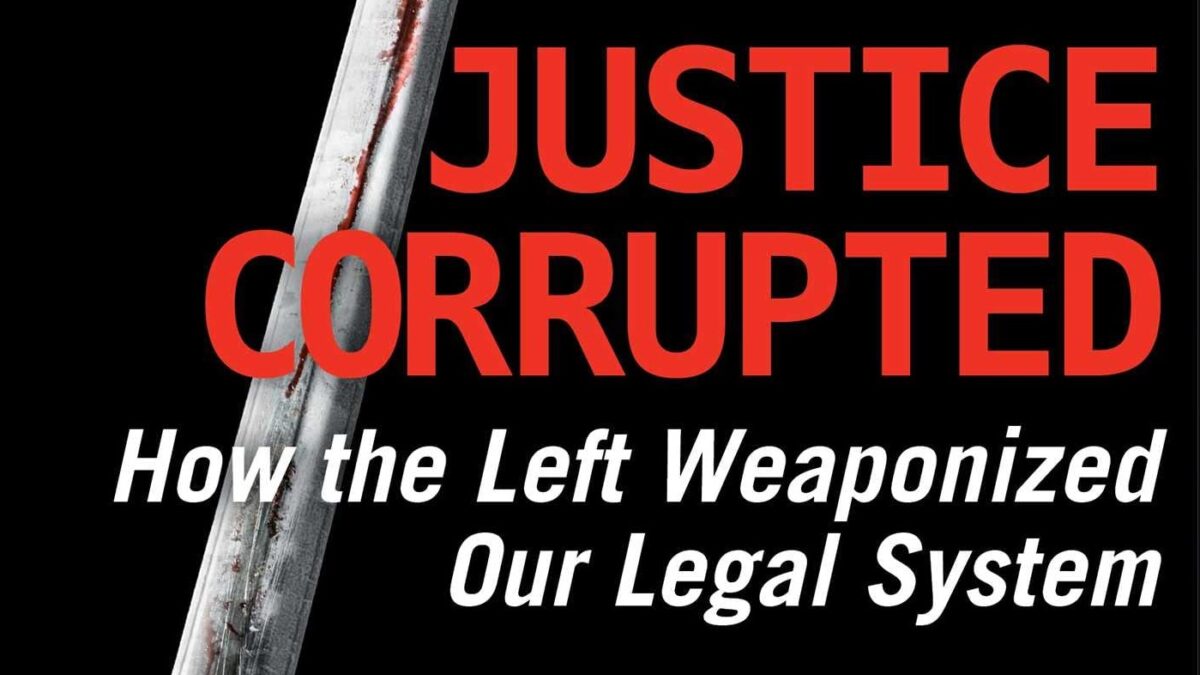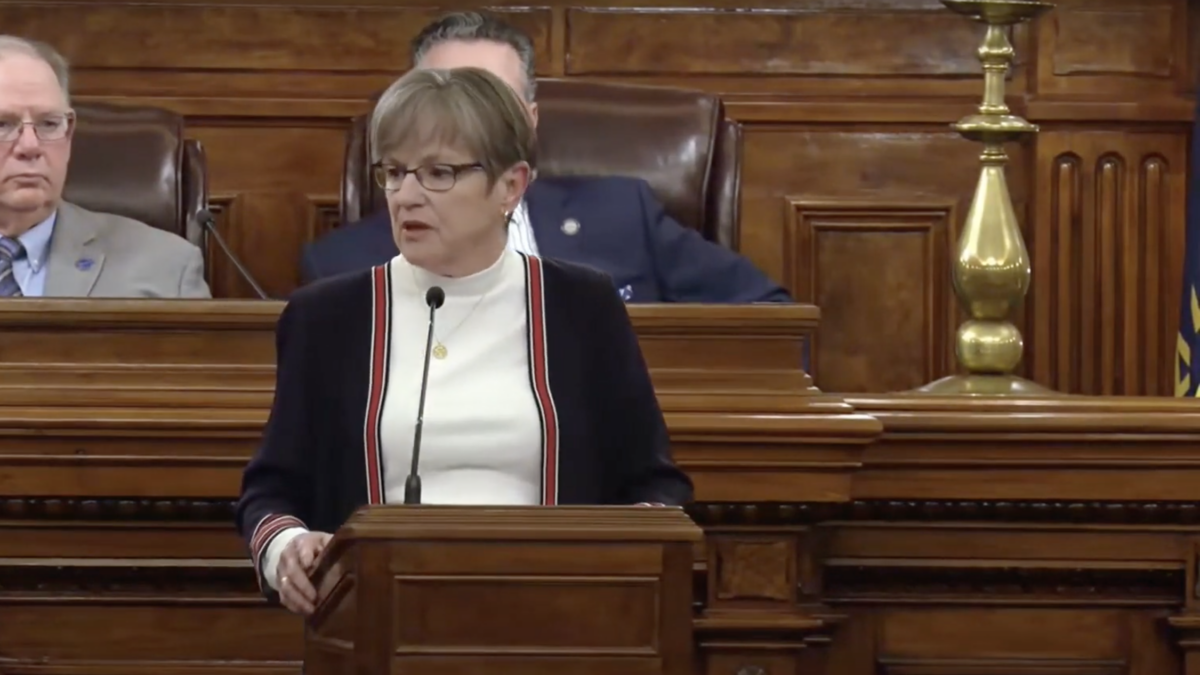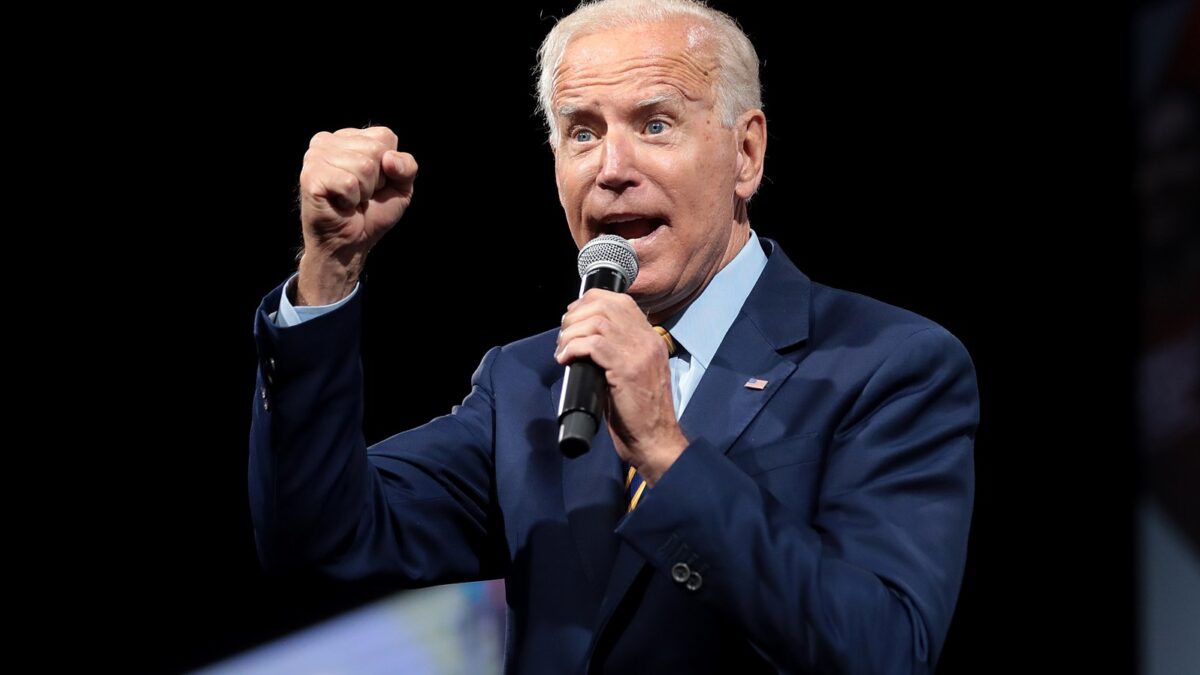Ever since Ted Cruz became a U.S. senator in 2012, originally riding the wave of the Tea Party grassroots conservative movement, he has won many fans. He’s an outspoken conservative who’s willing to confront the rampant corruption and hypocrisy in Washington, D.C. His experience as a lawyer and debater has made him a powerful voice for his constituents and brought him close to becoming the Republican nominee for president in 2016.
In many ways, he was an outsider and populist before it was cool, holding no elected offices prior to his upset in 2012. Unfortunately for Cruz, in 2016 another candidate demonstrated he was even more of a populist and outsider. Fortunately for Cruz, he still had sufficient credibility as a senator to overcome the very well-funded political campaign of media darling Robert “Beto” O’Rourke and win a second term for Senate.
While it’s technically possible for Cruz to mount another presidential run in 2024, he seems somewhat content commenting on the sidelines about Democrats ruining the country. Although there’s certainly a place for this kind of commentary, particularly from someone who sees how the sausage is made firsthand, it’s rather difficult to muster the energy or enthusiasm for reform when the person making the case seems to do little more than appear on Fox News, host a podcast, and harangue incompetent bureaucrats in Senate Judiciary Committee hearings.
Identifying the Problem
Such is the case when reading Ted Cruz’s newest book “Justice Corrupted: How the Left Weaponized Our Legal System,” which discusses the excesses and overreach of the U.S. Department of Justice, the FBI, and recent Democratic presidents. Cruz does an excellent job introducing and describing the problem of corruption in federal law enforcement, and he demonstrates his superior understanding in explaining the recent major scandals of these institutions. However, beyond identifying the problem and generating understandable outrage from his reader, he doesn’t go much further than this, making his general argument both satisfying and frustrating at the same time.
Eager to hook his reader from the very beginning, Cruz prefaces his argument with the horrifying story about a transgender student sexually assaulting a girl at a public high school in Virginia: “It was every father’s nightmare. Your fourteen-year-old daughter, your little girl, being sexually assaulted at school. In the girl’s bathroom. By a boy wearing a skirt.”
Instead of addressing the crime, campus leaders and the Loudoun County school board covered up the incident and silenced the father who spoke out about it. This was followed up by the National School Boards Association asking Attorney General Merrick Garland and the Department of Justice to investigate and prosecute other parents who protested school boards for any reason. Despite having little basis for such action, Garland obliged.
For his part, Cruz cross-examined Garland for going after parents. He blasted the attorney general and accused him of partisanship and abuse of power. As with most of these conversations, and Cruz mentions more than a few of them, nothing much happened after this — Garland is still the AG, and he is still going after parents. Nevertheless, the point stands that the Department of Justice is not following the law and poses a serious threat to American democracy.
Sadly, this isn’t unprecedented, as Cruz’s first chapter explores the “dirty tricks” of Richard Nixon. Though Nixon wasn’t really the worst offender of pulling shenanigans in the executive branch, he’s the most infamous and illustrative. Most notably, he would use the FBI to wiretap prominent leftists and antiwar protesters and conduct “black bag jobs” that involved breaking and entering into people’s houses and stealing mail and other sensitive documents.
To the credit of these agencies, they eventually resisted Nixon’s orders to harass and spy on private citizens, leaving Nixon to resort to amateur spies who were eventually discovered breaking into the Watergate complex. Nixon’s attempt to cover up this operation eventually caught up to him, causing him to resign in disgrace. While this part of the story is well known, Cruz wants to shed light on the real lesson of Nixon’s fall from power: “The system worked during the Nixon administration. Things worked the way they are supposed to work.”
By contrast, this wasn’t at all the case when Barack Obama became president in 2008. Told from the perspective of True the Vote, an organization dedicated to election integrity, Cruz narrates how the IRS threw the book at them when they sought nonprofit status: “The IRS came back with demands. Hundreds of them.” This was apparently the case for many conservative nonprofits that found themselves audited and harassed by a politicized IRS. Although the IRS director Lois Lerner got away with this crime by pleading the Fifth, it was clear that Obama “had sensed that the Tea Party was going to be a problem for them, especially during the 2012 election, and they had attempted to do everything they could to make sure that those citizens could not raise money, expand, or make too much noise.”
Democratic duplicity continues with the hopelessly convoluted Crossfire Hurricane scandal, in which the Obama administration used the FBI to spy on the Trump presidential campaign in 2016 based on faulty evidence produced by a group working for Hillary Clinton’s presidential campaign. For his part, Cruz does a fine job bringing clarity to a story that is often difficult to follow but was nonetheless big enough to hamper and sabotage the work of the Trump administration for over two years.
Midway through the book, Cruz makes it to the current decade, which already features a host of issues: the infiltration of critical race theory in schools and universities, the endorsement of violent rioting in the summer of 2020, the election irregularities of 2020, the Jan. 6 riot, and the appointment of leftist radicals to the Department of Justice. Having explained the methods of how corrupt leaders use government agencies to gain power and crush dissent, many of these chapters are mostly variations of the same theme: At the behest of an activist billionaire (usually George Soros), a political party (usually Democrats) will use the FBI or a compromised judge or district attorney to punish political opposition (usually conservatives) through breaking the law and pushing propaganda.
Of course, one can try to fight back, but Cruz shows what will happen to them by considering the examples of conservative writer and podcaster Dinesh D’Souza, Dick Cheney’s Chief of Staff Scooter Libby, and Sen. Bob Menendez. Each of them was hassled and persecuted by the courts and media for their unwillingness to conform to the party line. This kind of treatment even extends to whole states like Texas and Georgia, which passed voter-ID laws and were consequently accused of sponsoring Jim Crow 2.0 by Joe Biden and his party.
Trust the System?
As the good lawyer he is, Cruz makes an effective, well-documented case that the federal justice system is thoroughly politicized, dysfunctional, and in desperate need of reform. However, he thinks this can be remedied by voting in new politicians. By the end of his argument, he expresses confidence in a red wave in the midterm elections — “I believe that the 2022 elections will be historic and that Republicans will win substantial majorities in both the House and the Senate” — though this did not come to pass, and ultimately means little when his own party is so deeply divided.
This gets to the main weakness of “Justice Corrupted” along with other books by silver-tongued senators such as Marco Rubio, Josh Hawley, and Ben Sasse: They thoroughly disparage the system yet trust in the processes of that same system to reform it. Perhaps this is the natural result of writers who are deeply ensconced in an institution yet attempt to give an outsider’s diagnosis. The harsh reality is that most of these agencies either need to be completely restructured or eliminated outright. A mere majority in Congress won’t cut it.
Nevertheless, Cruz generally succeeds in outlining the problem and explaining the need for drastic action. Even if it’s unlikely that any meaningful change will come from today’s current legislators who are beholden to so many interests, they can at least provide guidance for bolder, less burdened conservatives outside the Beltway on what to do.
Ted Cruz does his part by writing a book that is informative, clear, and engaging. Now it’s up to his readers to put the words into action by uniting in the effort to do a deep clean of courts and executive agencies and thereby restore justice for all of Americans while it’s still legal to do so.









